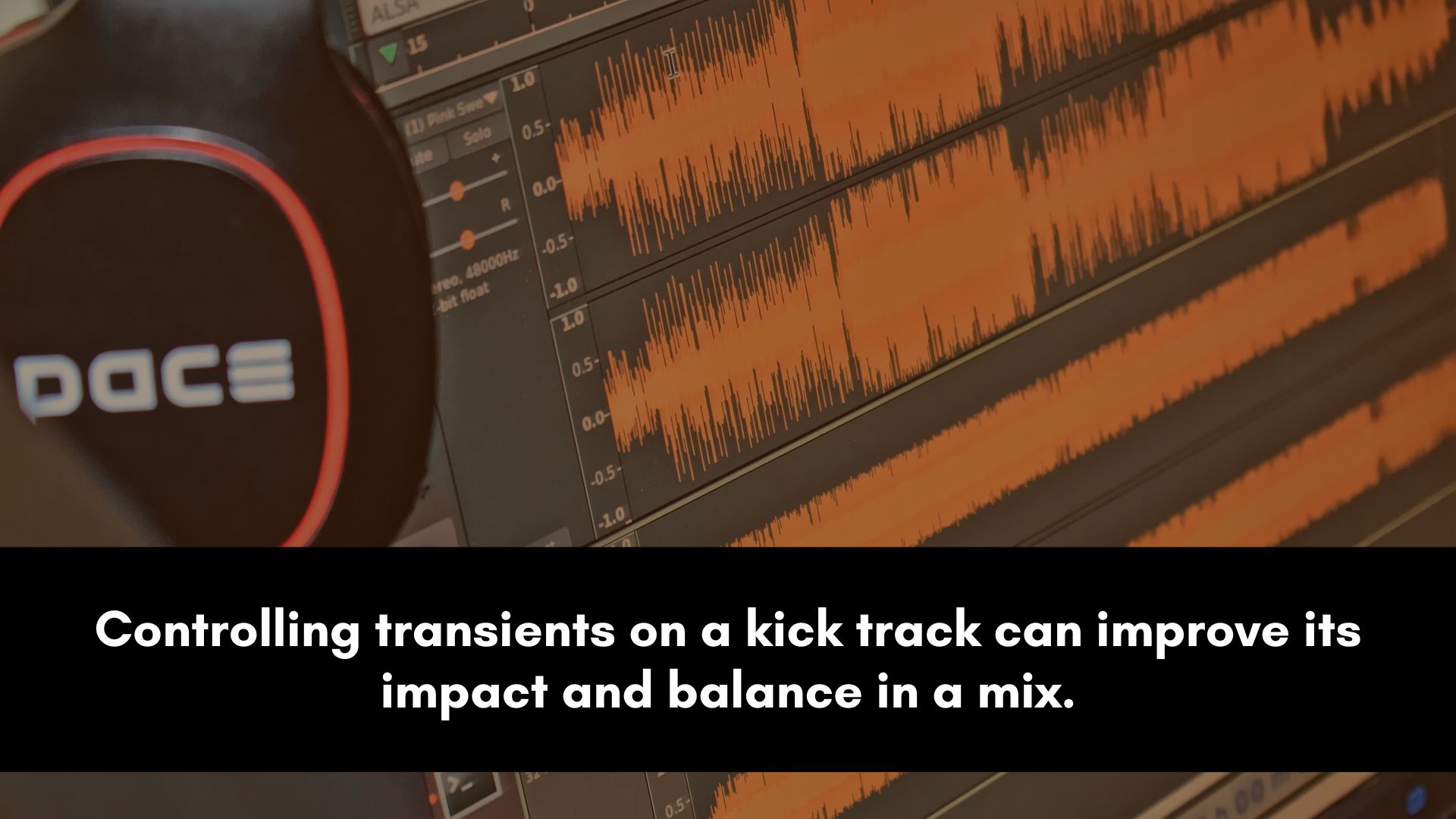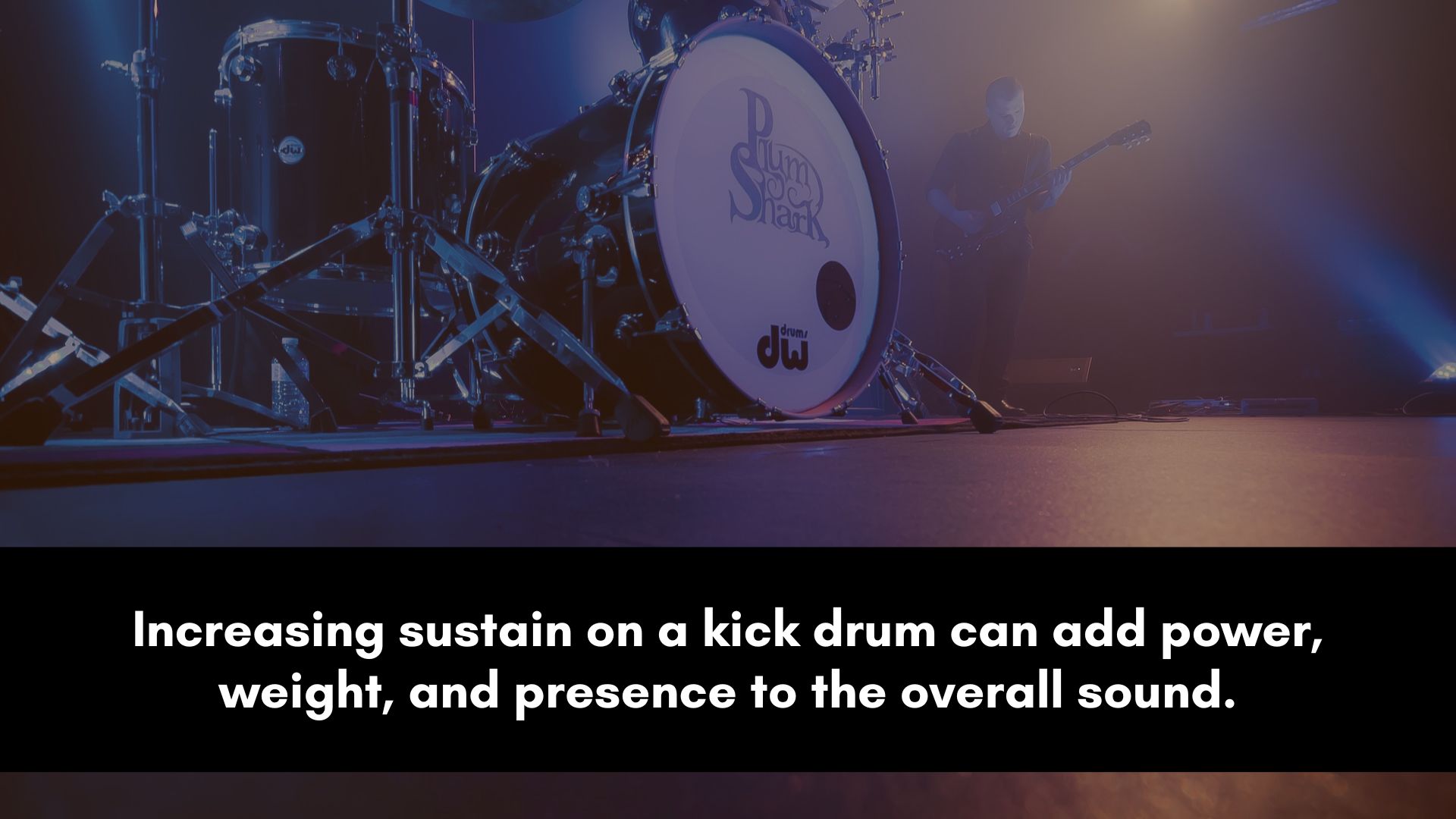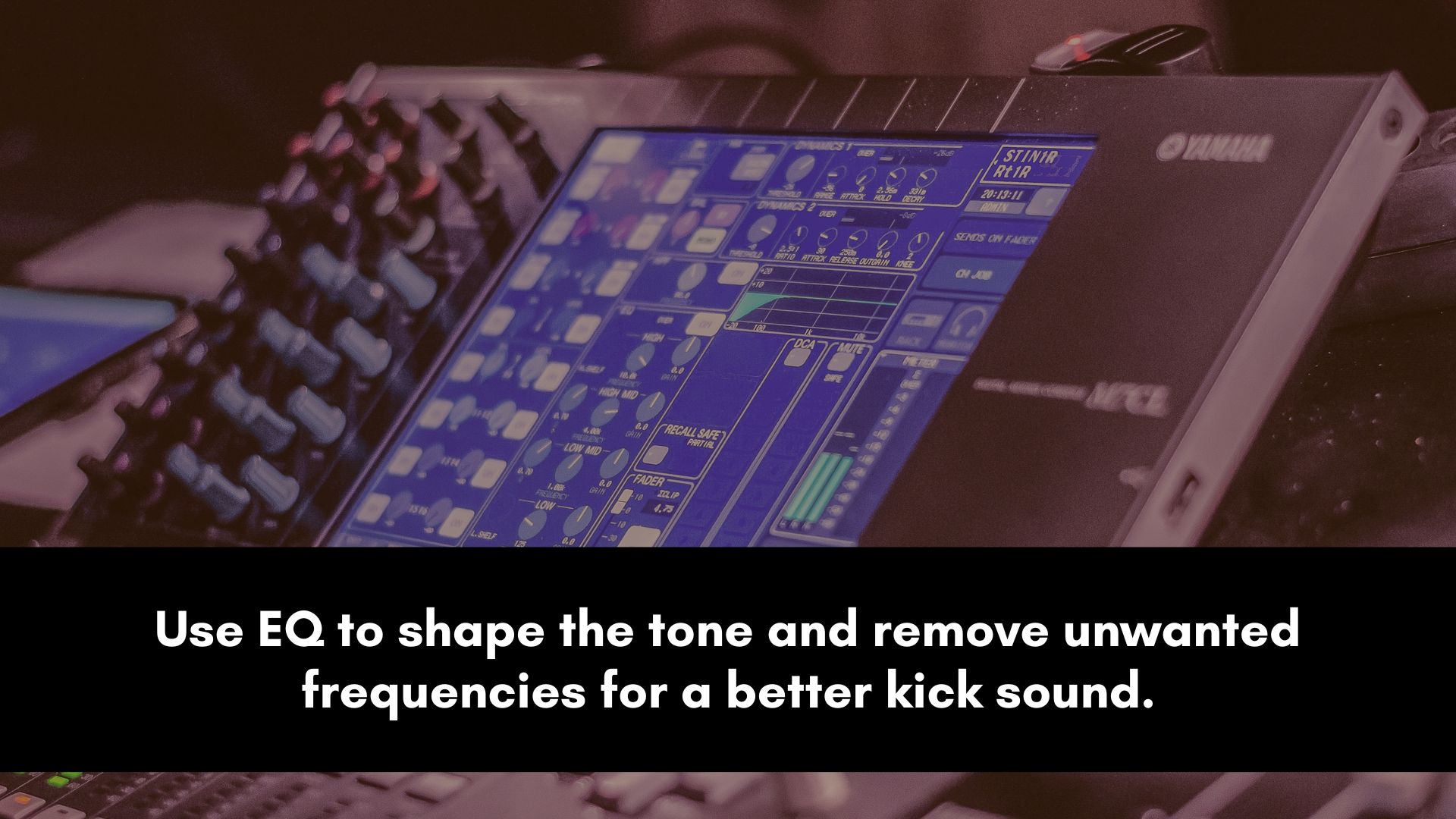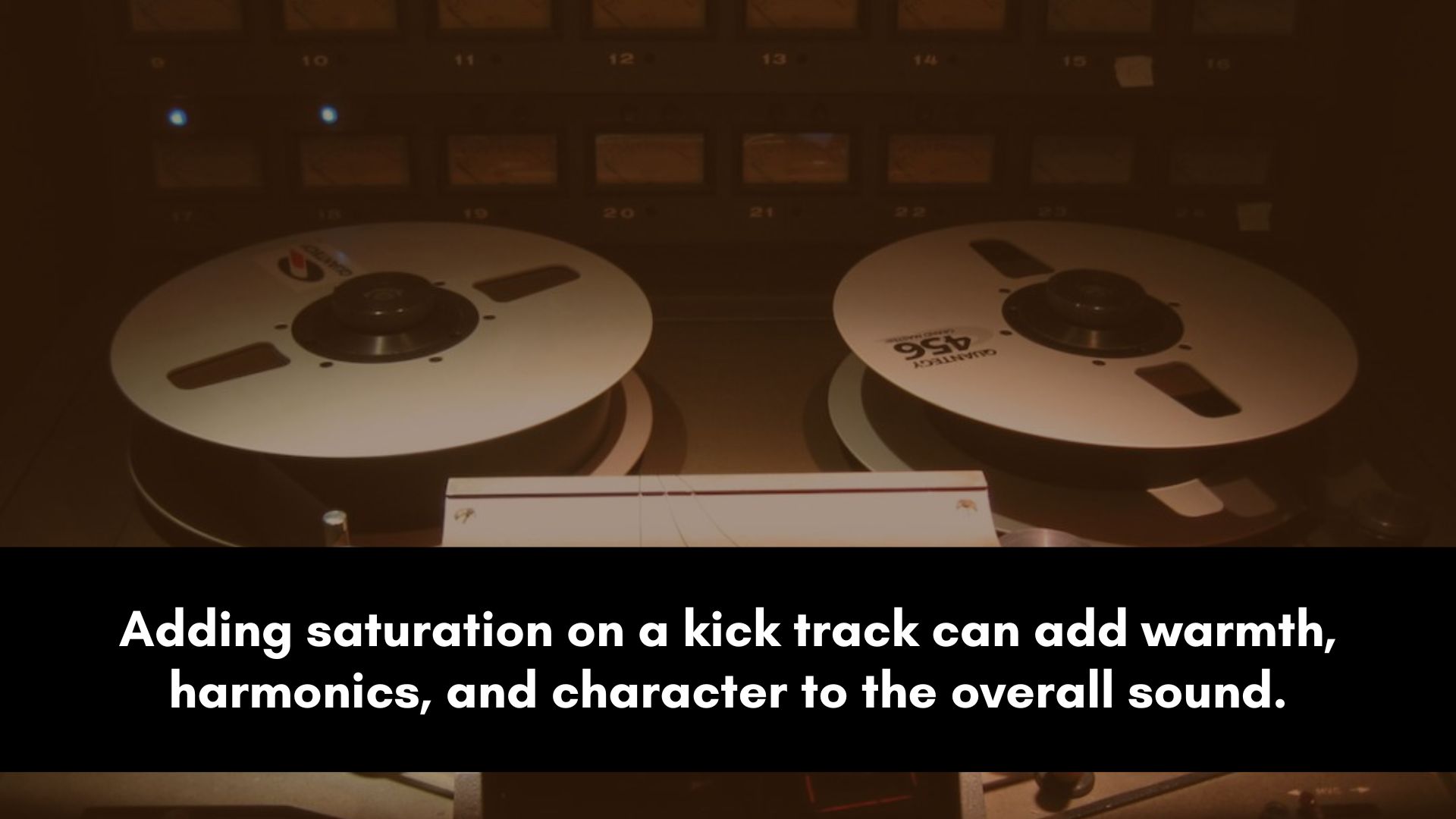Picture this: you're mixing a track, and everything sounds great except for one crucial element - the kick drum.
It just doesn't have that oomph, that weight, or that sense of impact you need to really drive the song forward.
You've tried to EQ the kick, you've tried saturation, you've tried everything you can think of, but nothing seems to work.
That's when it's time to turn to the dark arts of parallel compression.
It's a technique that can be both confusing and exhilarating, but trust me, it's worth the risk.
Parallel Compression on a Kick Drum
Parallel compression on a kick drum can add depth, power, and excitement to your drum mix by blending a heavily compressed signal with the original, uncompressed signal.
This technique helps to bring out the nuances of the kick drum while also adding sustain to the overall mix.
Additionally, parallel compression can help to balance out the kick drum in the mix, making it punchy and present without being too overpowering or boomy.
Controlling the Dynamic Range

If you want to achieve a punchy and powerful kick drum sound, controlling the dynamic range is key.
Dynamic range refers to the difference between the loudest and softest parts of a sound.
In the case of a kick drum, the dynamic range can be quite wide, with the initial attack being much louder than the sustain and decay.
This can make it difficult to balance the kick drum in the mix and can lead to it being either too quiet or too overpowering.
This is where parallel compression comes in.
By compressing the kick drum signal heavily and blending it with the original, uncompressed signal, you can effectively reduce the dynamic range of the kick drum.
This means that the initial attack will be less prominent, while the sustain and decay will be more present.
The result is a fuller, more balanced kick drum sound that sits well in the mix.
To control the dynamic range when using parallel compression on a kick drum, it's important to experiment with the settings on your compressor.
Start by setting a high ratio, such as 8:1 or higher, to compress the signal heavily.
Then, adjust the threshold so that the compressor only kicks in when the kick drum reaches its loudest points.
Be sure to listen carefully as you make these adjustments to ensure that the kick drum sound is punchy and present, but not overpowering.
Finally, adjust the blend knob to control the balance between the compressed and uncompressed signals.
Shaping Transients

Shaping the transients is another important aspect of using parallel compression.
Transients refer to the initial, sharp peaks in the sound that give it its attack and character.
With parallel compression, you can shape these transients to achieve a punchier and more defined kick sound.
To shape the transients, start by setting a fast attack time on your compressor.
This will allow the compressor to catch the initial transients of the kick drum, which are often the loudest and most prominent parts of the sound.
Then, set a slower release time to allow the sustain and decay of the kick drum to come through.
This will help to maintain the body and tone of the kick while still compressing the initial attack.
Once you've set the attack and release times, experiment with the ratio and threshold settings to further shape the transients.
A higher ratio will compress the transients more heavily, while a lower ratio will allow them to come through more naturally.
Adjust the threshold to control the level at which the compressor kicks in, and listen carefully to how the transients are affected.
By shaping the transients, you can achieve a kick drum sound that will cut through the mix and give your track the energy it needs.
Adding Sustain

Adding sustain to a kick drum is another benefit of using parallel compression.
Sustain refers to the portion of the sound that continues after the initial attack, and can help to fill out the body of the kick and give it a more powerful presence in the mix.
To add sustain, start by setting a longer release time on your compressor.
This will allow the compressor to continue compressing the sustain portion of the kick, bringing it up in volume and giving it more presence in the mix.
However, be careful not to set the release time too long, as this can lead to an unnatural and overly sustained sound.
Next, adjust the blend knob to control the balance between the compressed and uncompressed signals.
Increasing the blend towards the compressed signal will add more sustain, while decreasing it will allow more of the original, uncompressed sound to come through.
Finally, experiment with the attack, ratio and threshold settings to fine-tune the level of sustain.
Pumping Effect for Excitement

Another useful technique for using parallel compression on a kick drum is to create a pumping effect that adds excitement and energy to the track.
This will cause the compressor to heavily compress the kick drum sound, reducing its volume and creating a "pumping" sensation as the compression releases.
To create the pumping effect, start by setting a slower attack and fast release time on your compressor.
This will allow the initial transient of the kick drum to pass through uncompressed while heavily compressing the sustain and decay portions of the sound.
Then, set a high ratio to increase the amount of compression applied to the sound.
Next, adjust the threshold and release time to fine-tune the pumping effect.
This technique works particularly well in electronic and dance music genres, where a pulsing, rhythmic beat is essential.
Tone it Up

In addition to dynamic control, parallel compression can also be used for tone shaping with the help of EQ.
By adding an EQ before or after the compressor in the parallel chain, you can shape the tone of the kick drum sound, emphasizing certain frequencies or removing unwanted ones.
For example, if you want to emphasize the low end of the kick drum, you can use a low shelf EQ to boost the frequencies below 100 Hz.
Alternatively, if you want to bring out the attack of the kick drum, you can use a high shelf EQ to boost the frequencies above 2 kHz.
Conversely, if there are certain frequencies in the kick drum sound that may be causing issues in the mix, you can use an EQ to remove them.
For example, if the kick drum is clashing with the bass guitar, you can use a notch filter to remove the frequency where they are overlapping.
It's important to be careful when EQing the kick drum, as it is the foundation of the rhythm section and can easily become overpowering or muddy in the mix.
Always listen carefully and make subtle adjustments to avoid creating problems elsewhere in the mix.
Using EQ in conjunction with parallel compression, you can shape the tone of the kick drum to fit your mix and achieve a more balanced and impactful sound.
Add Attitude

Another technique to enhance your parallel kick track is using saturation.
Saturation is a form of distortion that can add warmth, harmonics, and even subtle compression to a sound.
It can help give the kick drum more attitude and bite.
Start by adding a saturation plugin to the parallel chain.
You can experiment with different types of saturation, such as tape, tube, or analog emulations, to find the right sound for your mix.
Next, adjust the level of saturation to taste.
Be careful not to overdo it, as too much saturation can make the kick drum sound harsh or muddy in the mix.
By driving the input level of the saturation plugin, you can push the signal into the saturation stage, which can act as a form of compression.
Adding just the right amount of saturation, you can add character to your kick drum sound, making it stand out in your mix.